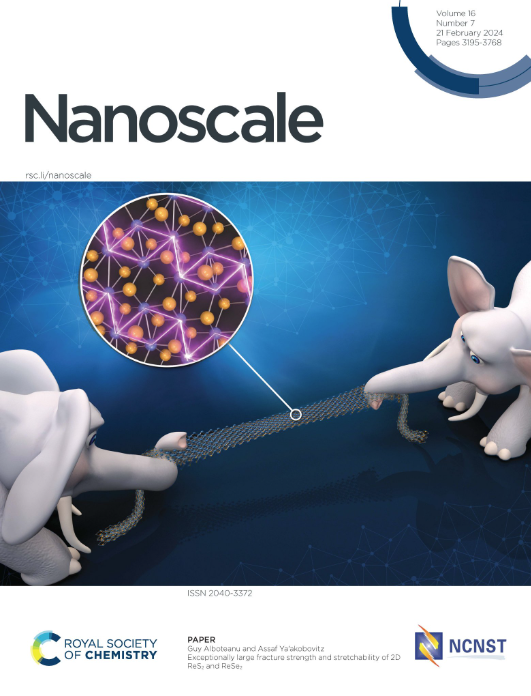Advances in Multimodal Electrohydrodynamic Printing for High-Resolution Sensor Fabrication: Mechanisms, Materials, and Applications
IF 5.8
3区 材料科学
Q1 CHEMISTRY, MULTIDISCIPLINARY
引用次数: 0
Abstract
With the rapid development of micro-electromechanical systems (MEMS) and the manufacturing industry, the trends toward sensor intelligence, miniaturization, and flexibility have attracted significant attention, while posing higher demands for high-resolution patterning and large-scale production. However, traditional manufacturing technologies exhibit significant limitations in achieving high resolution and multifunctional integration. Electrohydrodynamic (EHD) printing technology, which harnesses the synergistic effects of electric fields and fluid dynamics, enables precise control over the formation and deposition of micro-nanometer jets. It offers ultra-high resolution, broad material compatibility, and controllable three-dimensional structural formation, providing innovative solutions for the intelligent, miniature, and flexible integration of sensors. This paper systematically reviews the mechanisms and applications of three EHD printing modes—EHD jet printing, electrospray and electrospinning. It further describes the progress in the printing of materials suitable for EHD printing, including metal nanoparticles, conductive polymers, carbon-based materials, and piezoelectric ceramics. Additionally, the application progress of gas, temperature, humidity, and piezoelectric sensors based on the three EHD printing modes is summarized, highlighting their advantages in sensitivity, response speed, and environmental adaptability. The paper also explores the challenges of low efficiency and future development directions, such as multi-nozzle coordination, nozzle structure optimization, roll-to-roll integration manufacturing, and intelligent process control. Finally, a brief summary and the outlook for future research effort are presented.用于高分辨率传感器制造的多模态电流体动力打印的进展:机制、材料和应用
随着微机电系统(MEMS)和制造业的快速发展,传感器智能化、小型化和柔性化的发展趋势备受关注,同时对高分辨率图形和大规模生产提出了更高的要求。然而,传统的制造技术在实现高分辨率和多功能集成方面表现出明显的局限性。电流体动力学(EHD)打印技术利用电场和流体动力学的协同效应,可以精确控制微纳米射流的形成和沉积。它具有超高分辨率、广泛的材料兼容性和可控的三维结构形成,为传感器的智能化、微型化、柔性集成提供了创新的解决方案。本文系统地综述了三种EHD打印方式——EHD喷射打印、电喷涂和静电纺丝的原理和应用。它进一步描述了适用于EHD打印的材料的打印进展,包括金属纳米颗粒、导电聚合物、碳基材料和压电陶瓷。总结了基于三种EHD打印模式的气体、温度、湿度和压电传感器的应用进展,突出了它们在灵敏度、响应速度和环境适应性方面的优势。探讨了低效率的挑战和未来的发展方向,如多喷嘴协调、喷嘴结构优化、卷对卷集成制造、智能过程控制等。最后,对本文进行了简要总结,并对今后的研究工作进行了展望。
本文章由计算机程序翻译,如有差异,请以英文原文为准。
求助全文
约1分钟内获得全文
求助全文
来源期刊

Nanoscale
CHEMISTRY, MULTIDISCIPLINARY-NANOSCIENCE & NANOTECHNOLOGY
CiteScore
12.10
自引率
3.00%
发文量
1628
审稿时长
1.6 months
期刊介绍:
Nanoscale is a high-impact international journal, publishing high-quality research across nanoscience and nanotechnology. Nanoscale publishes a full mix of research articles on experimental and theoretical work, including reviews, communications, and full papers.Highly interdisciplinary, this journal appeals to scientists, researchers and professionals interested in nanoscience and nanotechnology, quantum materials and quantum technology, including the areas of physics, chemistry, biology, medicine, materials, energy/environment, information technology, detection science, healthcare and drug discovery, and electronics.
 求助内容:
求助内容: 应助结果提醒方式:
应助结果提醒方式:


